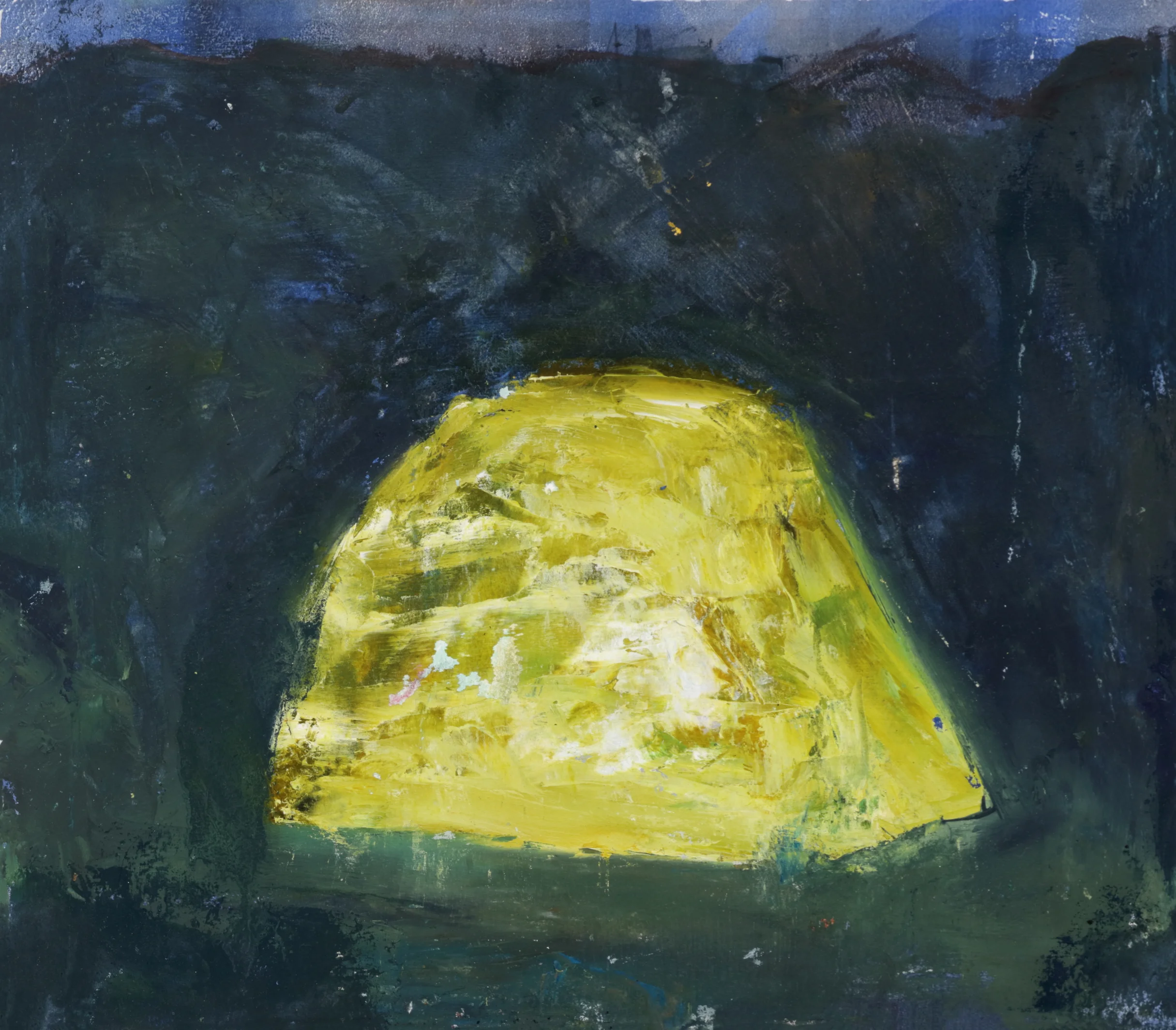
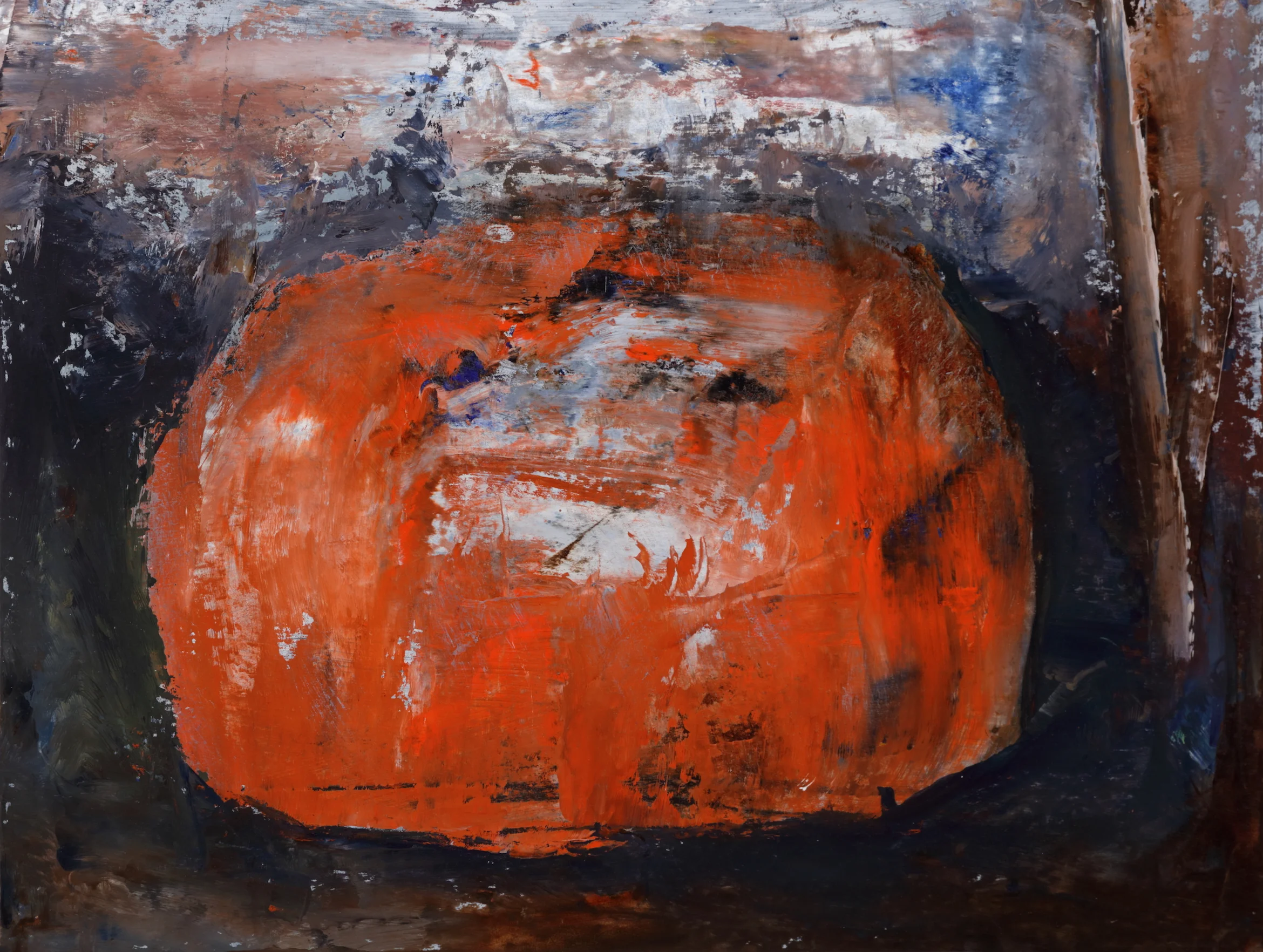
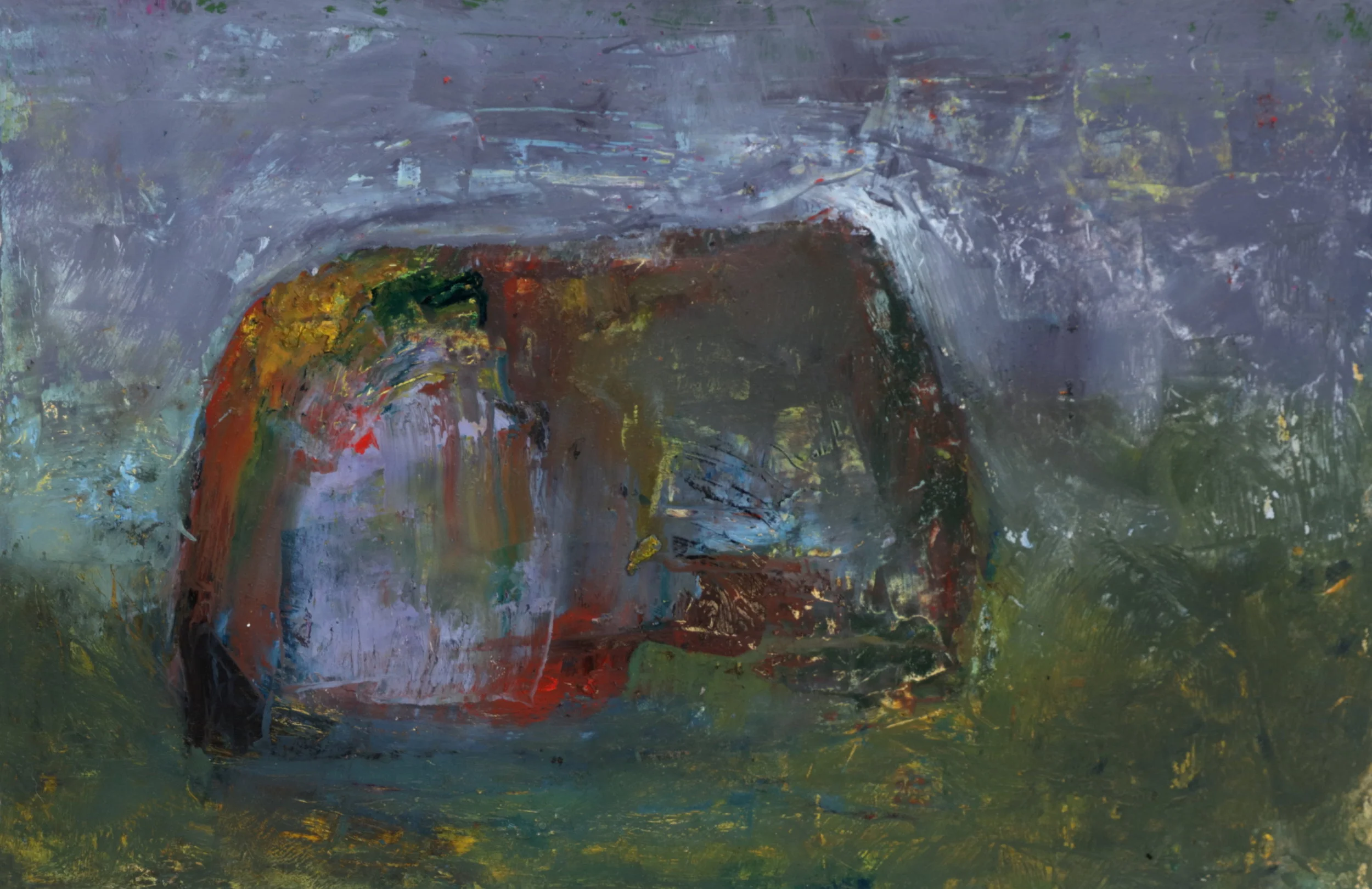
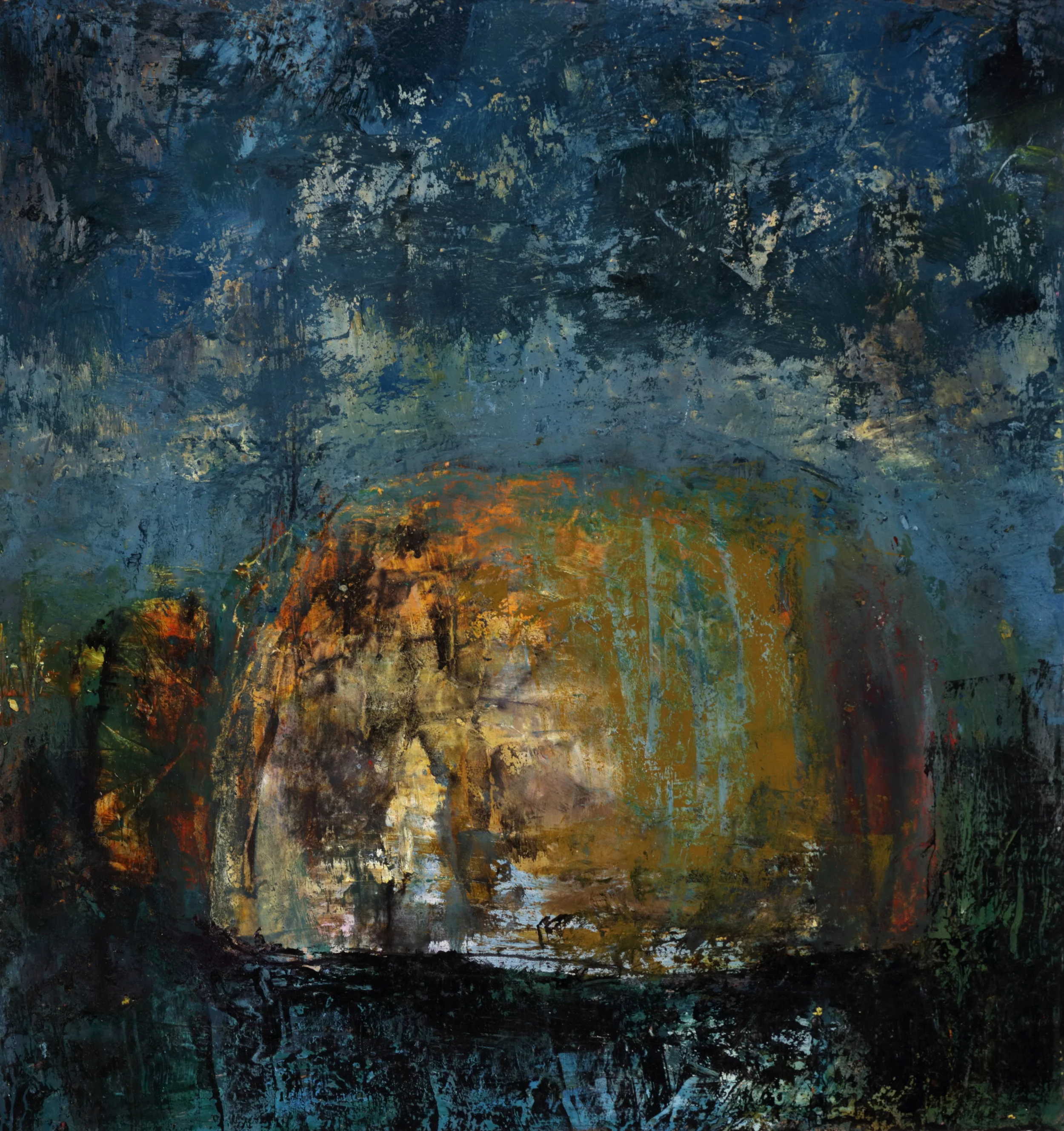
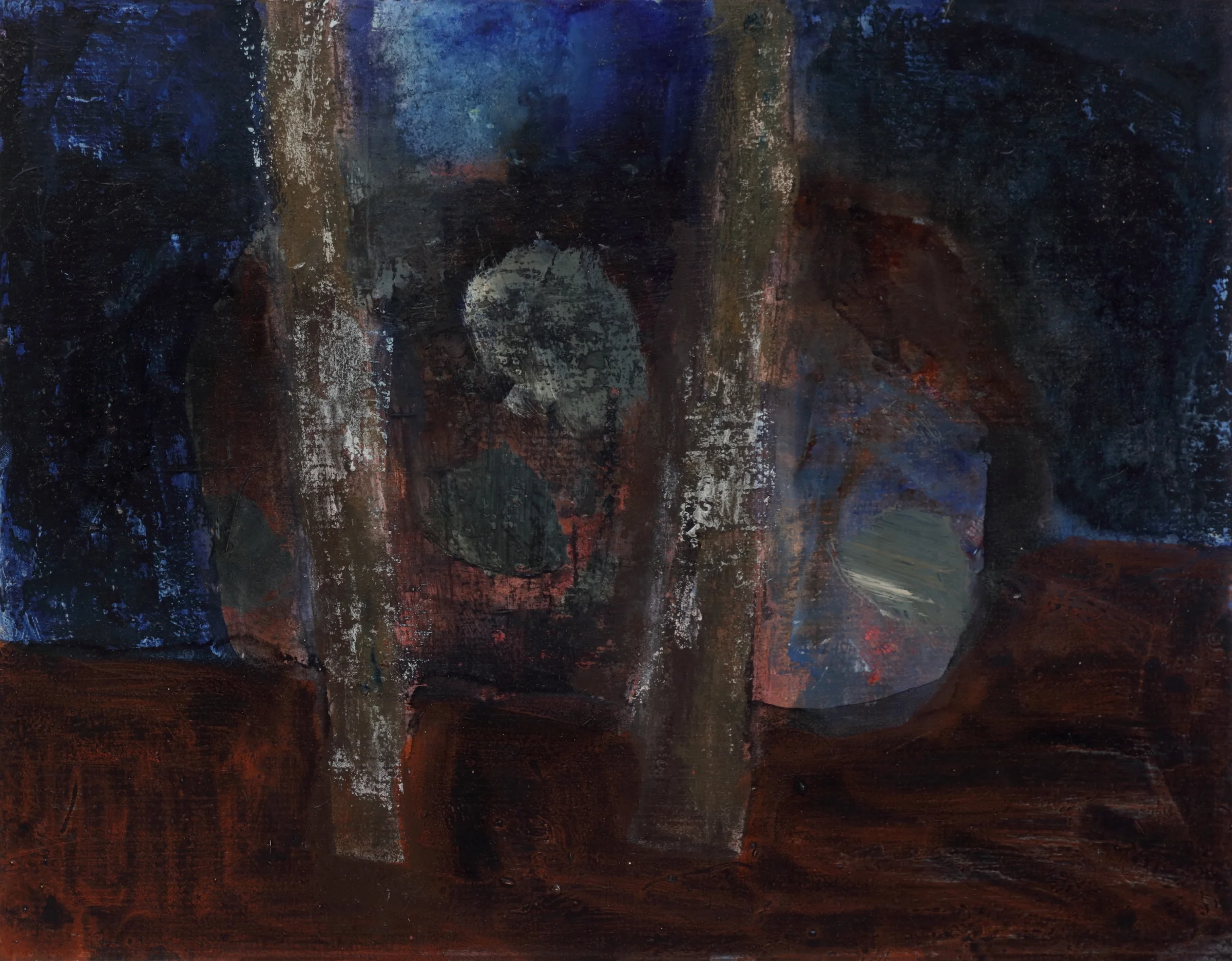
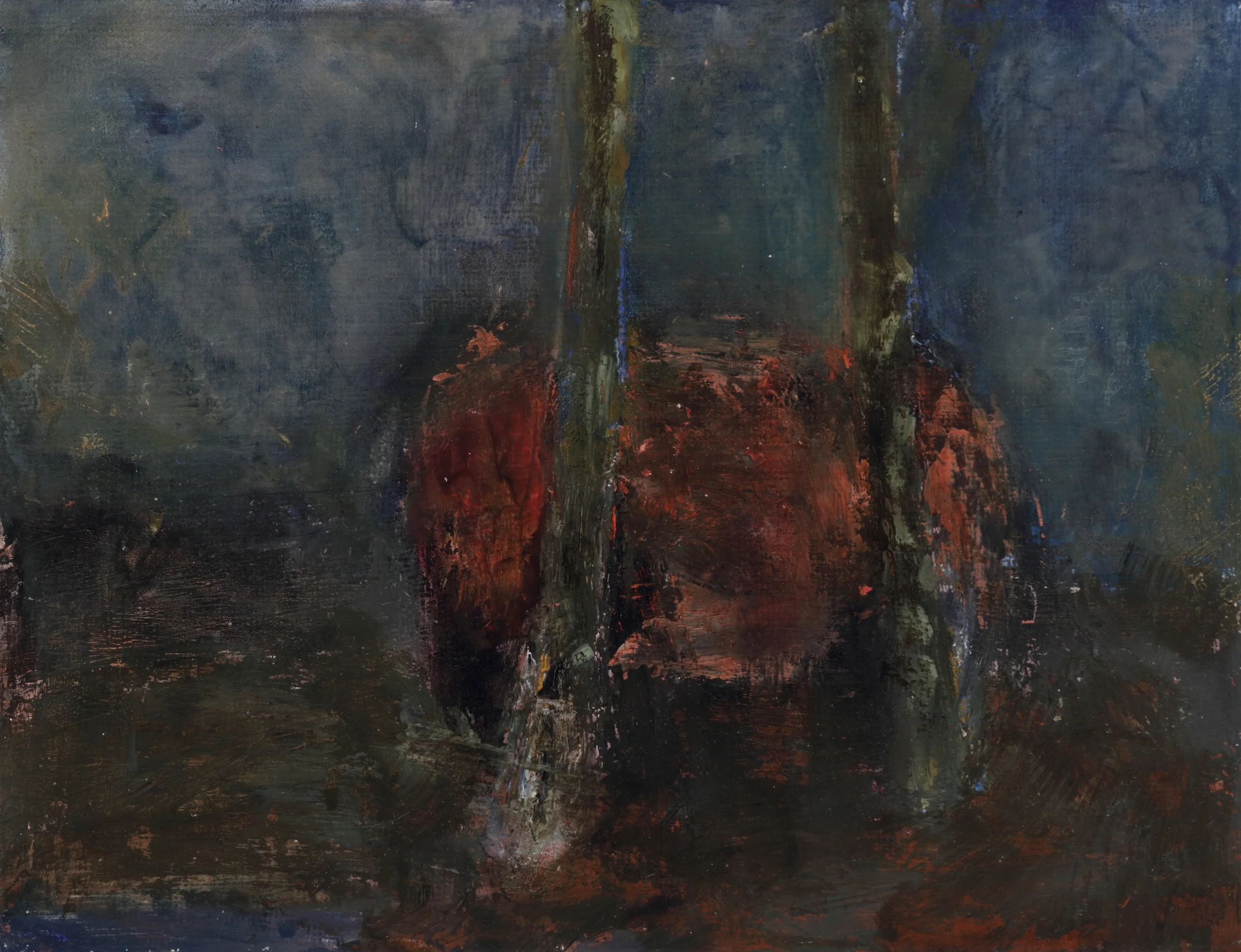

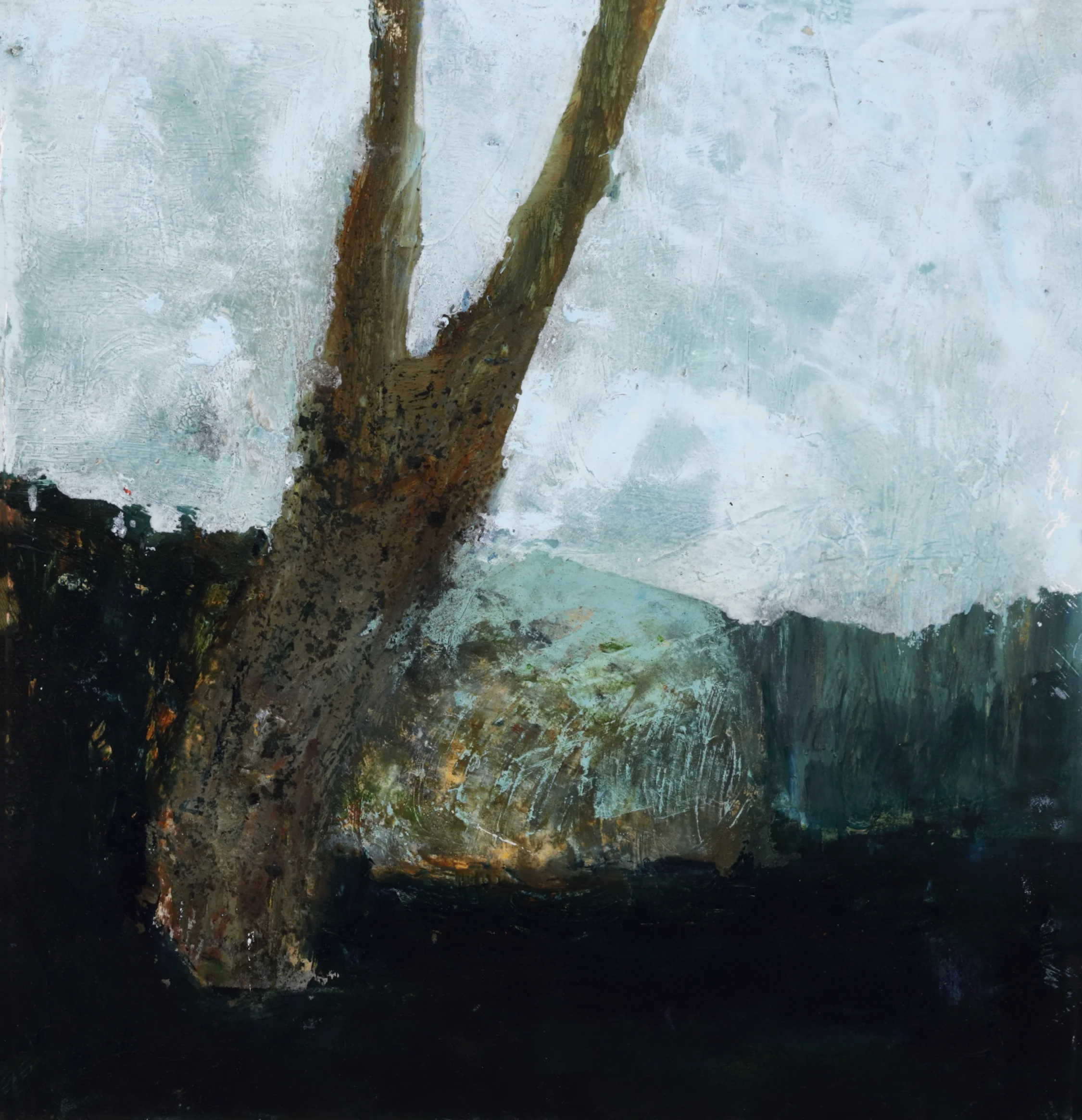

Redefining Resistance
the Art of Mary T. Wright
Redefining Resistance: The Art of Mary T. Wright
How do we know what we know? Sometimes, when I’m looking at a familiar object or word—the maple tree in the front yard, or the preposition “of”—it suddenly appears very strange to me. (Surely, that green spectacle hasn’t always looked like that! And, how the heck do you define a word like of?!)
I’m heartened by this phenomenon, what some call defamiliarization, because it gives us new ways of encountering and redefining the same old stuff. And it suggests, to me, that knowledge about a thing or idea is more about contemplation than completion; more about endless accrual than final acquisition.
As further evidence of this truth, in this issue (#4) of Jam Tarts, I’m proud to introduce the fine art of Mary T. Wright. Explore our virtual exhibit, here, and I think you’ll quickly agree that each work in her series is full of radiant focus, with subjects (objects) that resist easy interpretation. They disrupt the normal definitions of life and compel deeper investigation.
Sure enough, they’re stones. Paintings of stones, in fact. And, in some of the pieces, there are trees. But through the artist’s vision, we’re reminded that things in real life are never so simple.
Pushing back on what we know of still life and landscape, these paintings by Wright embody complex darkness and colorful roughness, as they reveal a foreign foundation underlying all that we know. They’re stunning to behold, as they challenge our relationship to the thing before us. And for me, they also conjure a couple of texts—the first from philosophy, and the second from poetry.
First, from philosophy—there is what Umberto Eco calls “phases of knowledge,” via Kant’s critique of pure reason:
1. This stone.
2. This is a stone (or Here there is a stone).
3a. This stone is white
3b. This stone is hard.
4. This stone is a mineral and a body.
5. If I throw this stone, it will fall back to earth.
6. All stones (insofar as they are minerals and therefore bodies) have weight.
(Kant and the Platypus p 78)
The main idea behind Eco's list is that there are classifications of knowledge, given our physical senses and human language: Since we don’t have direct access to knowing something, we must work our way through it, in time.
After viewing Wright's series, we might also add to Eco's list: 7. All stones have shade and texture; 8. All stones have history, and given this 9. Some stones will have a point of view; however, 10. No stone is ever exactly as we imagine it, in terms of weight, shade, color, texture, history, or point of view.
The second text I hear when I view Wright's work comes from poetry, "No meio do caminho", written by Carlos Drummond de Andrade, and translated as “In the Middle of the Road” by Elizabeth Bishop:
In the middle of the road there was a stone
there was a stone in the middle of the road
there was a stone
in the middle of the road there was a stone.
Never should I forget this event
in the life of my fatigued retinas.
Never should I forget that in the middle of the road
there was a stone
there was a stone in the middle of the road
in the middle of the road there was a stone.
Repetition (with subtle variation, like the colors in Wright's paintings) is one way to bear witness in an ever-changing world. But, it’s also trying. Note the phrase “fatigued retinas”. How can we pay attention to the grand variety that life offers all around us, while also maintaining focus on a single thing? What is worth our undivided attention, except every little thing? And what happens when that thing we’ve been focusing so hard on appears different than we had first imagined it?
Art may not hold the answers to such questions, but it does give us the endless means to explore them.
And so, I hope you'll take time today to explore and enjoy these questions, both in Wright's art, and in the literature found in Issue #4. Thanks for reading.
—Frederick Speers, Founding Editor of Jam Tarts Literary Magazine